NEW
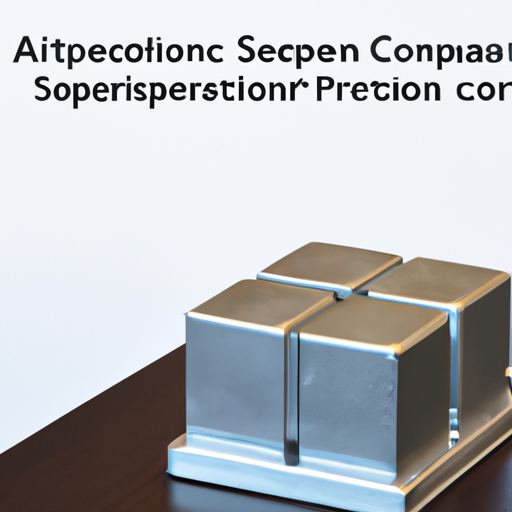
Application Development in Current Sense Transformers for CFR-50JB-52-1R5: Key Technologies and Success StoriesCurrent Sense Transformers (CSTs) are integral components in a variety of applications, particularly in power management and energy monitoring systems. The CFR-50JB-52-1R5 model exemplifies a current sense transformer that excels in current sensing, electrical isolation, and accurate current measurement. Below, we explore the key technologies that underpin the development of CSTs and highlight notable success stories that illustrate their impact across different sectors.
Key Technologies1. High Precision Sensing2. Electrical Isolation3. Miniaturization4. Integrated Solutions5. Digital Communication6. Temperature Compensation1. Smart Grid Applications2. Electric Vehicle (EV) Charging Stations3. Renewable Energy Systems4. Industrial Automation5. Consumer Electronics Success Stories ConclusionThe development and application of Current Sense Transformers like the CFR-50JB-52-1R5 are crucial across various industries, from renewable energy to consumer electronics. The integration of advanced technologies has led to significant improvements in performance, safety, and efficiency, making CSTs indispensable in modern electronic designs. As the demand for energy-efficient and smart solutions continues to rise, the role of current sense transformers is expected to expand, paving the way for further innovations and success stories in the field. The ongoing evolution of CST technology will likely contribute to the advancement of smart systems and sustainable energy solutions in the future.
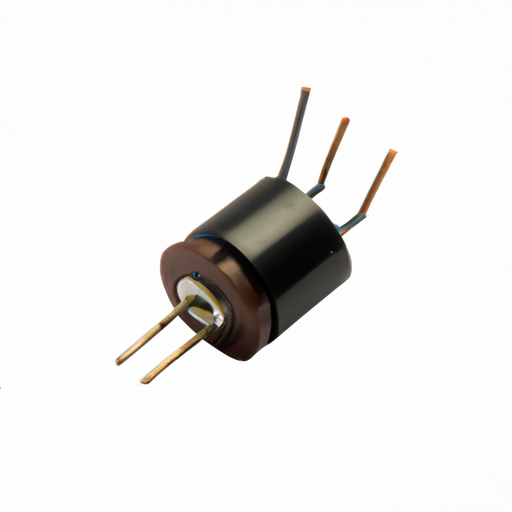
LT1213CS8 Audio Transformers: Core Functional Technologies and Application Development CasesAudio transformers, such as the LT1213CS8, are essential components in audio signal processing, offering a range of functionalities that enhance audio quality and system performance. Below, we delve into the core functional technologies and notable application development cases that highlight the effectiveness of audio transformers.
Core Functional Technologies1. Isolation 2. Impedance Matching 3. Signal Level Adjustment 4. Frequency Response 5. Low Distortion 6. Shielding 1. Microphone Preamplifiers 2. Direct Injection (DI) Boxes 3. Mixing Consoles 4. Guitar Amplifiers 5. Broadcasting 6. Home Audio Systems Application Development Cases ConclusionThe LT1213CS8 and similar audio transformers are integral to a wide range of audio applications, providing essential functions such as isolation, impedance matching, and signal level adjustment. Their role in enhancing audio quality makes them vital components in professional audio equipment, home audio systems, and broadcasting. As technology continues to advance, the design and application of audio transformers will evolve, leading to even greater performance and sound fidelity, ensuring that audio professionals and enthusiasts alike can enjoy the highest quality sound reproduction.

Application Development in Value Display Potentiometers for CFR-50JB-52-1K3: Key Technologies and Success StoriesValue display potentiometers, such as the CFR-50JB-52-1K3, play a crucial role in various electronic applications where precise resistance control is necessary. These components are integral to a wide range of devices, including audio equipment, industrial controls, and consumer electronics. Below is an overview of the key technologies driving their development and notable success stories that illustrate their application.
Key Technologies1. Digital Potentiometers2. Analog Potentiometers3. Touch and Gesture Control4. Wireless Connectivity5. Smart Sensors6. Robustness and Durability1. Audio Equipment2. Automotive Applications3. Industrial Automation4. Consumer Electronics5. Medical Devices Success Stories ConclusionThe evolution of value display potentiometers like the CFR-50JB-52-1K3 has been significantly shaped by technological advancements. The integration of digital interfaces, wireless connectivity, and durable designs has expanded their applications across various industries. Success stories in audio, automotive, industrial, consumer electronics, and medical sectors underscore the versatility and critical importance of these components in modern electronic systems. As technology continues to advance, the role of potentiometers is expected to grow, paving the way for even more innovative applications and solutions.
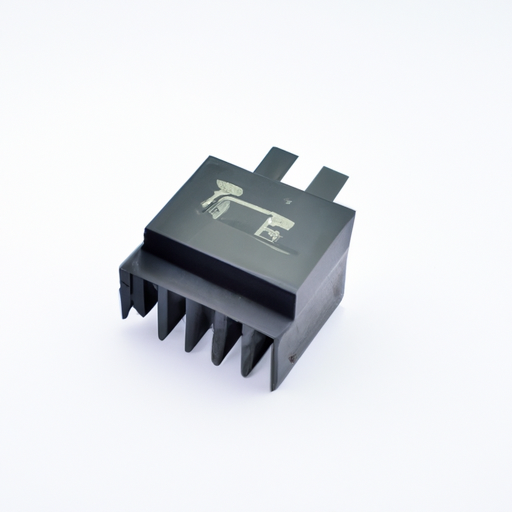
Trimmer Potentiometers: Core Functional Technologies and Application Development CasesTrimmer potentiometers, such as the CFR-50JB-52-1R3, are integral components in modern electronic designs, providing essential functionality across a variety of applications. Below, we delve into the core technologies that define trimmer potentiometers and explore several application development cases that illustrate their effectiveness.
Core Functional Technology1. Adjustable Resistance 2. Compact Design 3. High Precision 4. Durability 5. Easy Adjustment 1. Audio Equipment 2. Telecommunications 3. Consumer Electronics 4. Industrial Controls 5. Medical Devices 6. Test and Measurement Equipment Application Development Cases ConclusionTrimmer potentiometers, exemplified by the CFR-50JB-52-1R3, are vital components across a diverse range of applications, from consumer electronics to industrial controls. Their adjustable resistance, compact design, high precision, and durability make them effective tools for engineers and designers aiming to optimize circuit performance. As technology continues to advance, the demand for reliable and precise components like trimmer potentiometers will persist, driving innovation and enhancing the functionality of electronic devices across various fields.

Application Development in Slide Potentiometers for MM74HC373N: Key Technologies and Success StoriesSlide potentiometers, or slide pots, are variable resistors that allow users to control electrical devices by adjusting resistance through a sliding mechanism. When integrated with digital logic devices like the MM74HC373N, an octal transparent latch, slide potentiometers can be utilized in a variety of applications, particularly in audio equipment, user interfaces, and control systems. Below, we explore key technologies and success stories related to the application development of slide potentiometers with the MM74HC373N.
Key Technologies1. Analog-to-Digital Conversion (ADC)2. Microcontroller Integration3. Digital Signal Processing (DSP)4. User Interface Design5. Wireless Communication1. Audio Mixing Consoles2. Musical Instruments3. Home Automation Systems4. Gaming Controllers5. Industrial Control Panels Success Stories ConclusionThe combination of slide potentiometers and the MM74HC373N presents a versatile solution for various applications, particularly in audio, user interfaces, and control systems. By leveraging key technologies such as ADC, microcontroller integration, and DSP, developers can create innovative products that enhance user experience and functionality. The success stories in audio mixing, musical instruments, home automation, gaming, and industrial control underscore the practical applications and benefits of this technology combination, showcasing its potential to improve both user interaction and system performance.

Overview of Thumbwheel Potentiometers: CFR-25JB-52-1R2Thumbwheel potentiometers, such as the CFR-25JB-52-1R2 model, are essential components in electronic circuits, providing a user-friendly interface for adjusting resistance and controlling voltage levels. Their design and functionality make them suitable for a variety of applications across different industries. Below is a detailed exploration of their core functional technology and notable application development cases.
Core Functional Technology1. Basic Operation2. Construction3. Electrical Characteristics4. Durability and Reliability1. Consumer Electronics2. Industrial Equipment3. Medical Devices4. Automotive Applications5. Telecommunications Application Development Cases ConclusionThumbwheel potentiometers, exemplified by the CFR-25JB-52-1R2 model, are vital components across a wide array of applications due to their reliability, precision, and user-friendly design. Their tactile feedback and ability to provide fine adjustments make them particularly valuable in consumer electronics, industrial machinery, medical devices, automotive systems, and telecommunications. As technology advances, the role of thumbwheel potentiometers in new applications is expected to grow, further demonstrating their versatility and effectiveness in modern electronic systems.
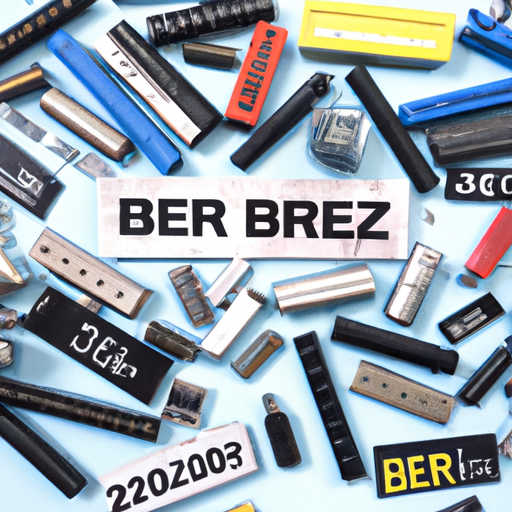
Application Development in Accessories for CFR-25JB-52-1M2: Key Technologies and Success StoriesThe CFR-25JB-52-1M2 is a specific electronic component, likely a resistor or similar passive component, used in various electronic applications. While the component itself may not be the focal point of application development, it plays a crucial role in the performance and reliability of electronic accessories. Below is an overview of key technologies and success stories relevant to the development of electronic accessories that may utilize components like the CFR-25JB-52-1M2.
Key Technologies in Application Development for Accessories1. Microcontrollers and Microprocessors2. Wireless Communication3. Sensors and Actuators4. Power Management5. User Interface (UI) Design6. Cloud Computing and IoT7. Machine Learning and AI1. Smart Home Devices2. Wearable Technology3. Gaming Accessories4. Automotive Accessories5. Health Monitoring Devices Success Stories in Application Development ConclusionThe development of electronic accessories, including those that may utilize components like the CFR-25JB-52-1M2, is driven by advancements in technology and a focus on user experience. By leveraging microcontrollers, wireless communication, sensors, and cloud computing, developers can create innovative products that meet the evolving needs of consumers. Success stories from various industries illustrate the potential for growth and innovation in this space. If you have specific applications or technologies in mind related to the CFR-25JB-52-1M2, please provide more details for a more tailored response.
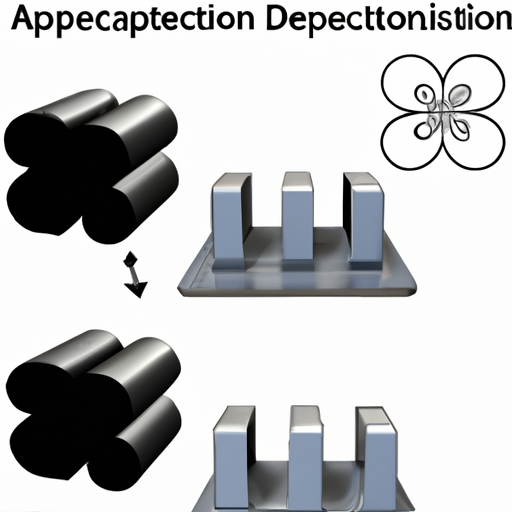
CFR-50JB-52-1M2 Arrays and Signal Transformers: Core Functional Technology and Application Development Overview of CFR-50JB-52-1M2 Arrays and Signal TransformersCFR-50JB-52-1M2 arrays and signal transformers are essential components in the realm of electronics, specifically designed to manage and transform electrical signals. These devices are pivotal in maintaining signal integrity, ensuring impedance matching, and minimizing noise across various applications, including telecommunications, audio systems, and medical devices. Core Functional Technology1. Signal Transformation2. Impedance Matching3. Noise Reduction4. Array Configuration5. High-Frequency Performance1. Telecommunications2. Audio Equipment3. Medical Devices4. Industrial Automation5. Consumer Electronics Application Development Cases ConclusionCFR-50JB-52-1M2 arrays and signal transformers are integral to the functionality of contemporary electronic systems. Their core technologies—signal transformation, impedance matching, and noise reduction—render them indispensable across a wide array of applications, from telecommunications to consumer electronics. As technology advances, the demand for high-performance signal transformers is expected to grow, driving further innovation and development in this critical field.

Application Development in Tantalum-Polymer Capacitors: CFR-25JB-52-1K2Tantalum-polymer capacitors, such as the CFR-25JB-52-1K2, are gaining traction in various sectors due to their unique characteristics that blend the advantages of traditional tantalum capacitors with the benefits of polymer technology. This combination results in components that are not only reliable and efficient but also suitable for a wide range of applications. Below, we explore key technologies and notable success stories that highlight the impact of these capacitors in application development.
Key Technologies1. High Capacitance Density 2. Low ESR (Equivalent Series Resistance) 3. Thermal Stability 4. Versatile Voltage Ratings 5. Enhanced Reliability 6. Sustainability 1. Consumer Electronics 2. Automotive Applications 3. Medical Devices 4. Industrial Automation 5. Telecommunications Success Stories ConclusionTantalum-polymer capacitors, exemplified by the CFR-25JB-52-1K2, signify a major leap in capacitor technology, offering a blend of high performance, reliability, and compactness. Their widespread application across diverse industries—including consumer electronics, automotive, medical, industrial, and telecommunications—demonstrates their versatility and effectiveness in addressing contemporary electronic demands. As technology continues to advance, the role of tantalum-polymer capacitors is expected to expand, fostering further innovation and success in application development.
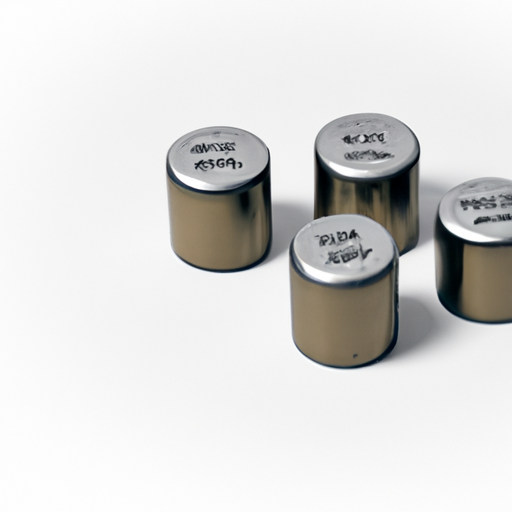
CFR-50JB-52-1K2 Aluminum-Polymer Capacitors: Core Functional Technologies and Application Development CasesAluminum-polymer capacitors, particularly the CFR-50JB-52-1K2 model, are at the forefront of capacitor technology, combining the advantages of traditional aluminum electrolytic capacitors with the benefits of polymer electrolytes. This results in capacitors that are not only efficient but also versatile across various applications. Below, we delve into the core functional technologies and notable application development cases that highlight the effectiveness of aluminum-polymer capacitors.
Core Functional Technologies1. Low Equivalent Series Resistance (ESR) and Inductance (ESL)2. High Ripple Current Capability3. Wide Operating Temperature Range4. Extended Lifespan and Reliability5. Compact Form Factor1. Power Supply Circuits2. Consumer Electronics3. Automotive Electronics4. Renewable Energy Systems5. Industrial Automation Application Development Cases ConclusionThe CFR-50JB-52-1K2 aluminum-polymer capacitor exemplifies the advancements in capacitor technology, offering enhanced performance, reliability, and versatility across a wide range of applications. Its unique characteristics, such as low ESR, high ripple current capability, and wide temperature range, make it particularly effective in high-frequency, high-current, and temperature-sensitive environments. As industries continue to evolve and demand more efficient electronic solutions, the role of aluminum-polymer capacitors is set to expand, driving further innovation and application development across various sectors.
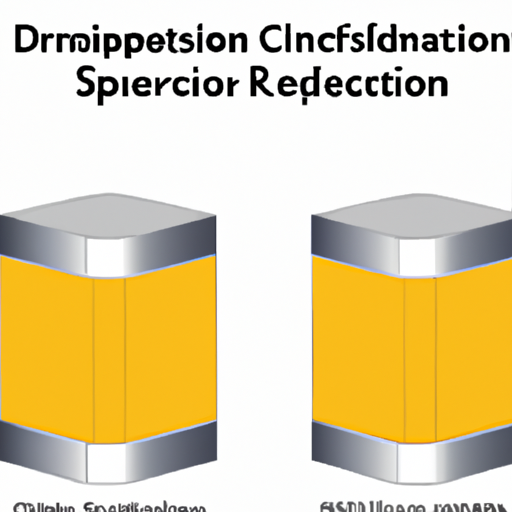
Application Development in Silicon Capacitors for CFR-50JB-52-1R2: Key Technologies and Success StoriesSilicon capacitors, particularly those like the CFR-50JB-52-1R2, are essential components in a wide range of electronic applications, including power electronics, signal processing, and energy management systems. This document outlines the key technologies driving the development of silicon capacitors and highlights notable success stories that illustrate their impact across various industries.
Key Technologies1. Silicon-Based Dielectrics2. Microfabrication Techniques3. Integration with CMOS Technology4. High-Frequency Performance5. Reliability and Longevity1. Consumer Electronics2. Automotive Applications3. Telecommunications4. Medical Devices5. Industrial Automation Success Stories ConclusionThe development of silicon capacitors, particularly in the context of specific applications like the CFR-50JB-52-1R2, exemplifies the convergence of advanced materials science, microfabrication techniques, and integration with existing technologies. As the demand for smaller, more efficient, and reliable electronic components continues to rise, silicon capacitors will play a pivotal role in shaping the future of various industries, from consumer electronics to automotive and beyond. Their ongoing evolution will likely lead to even more innovative applications and enhanced performance in the years to come.
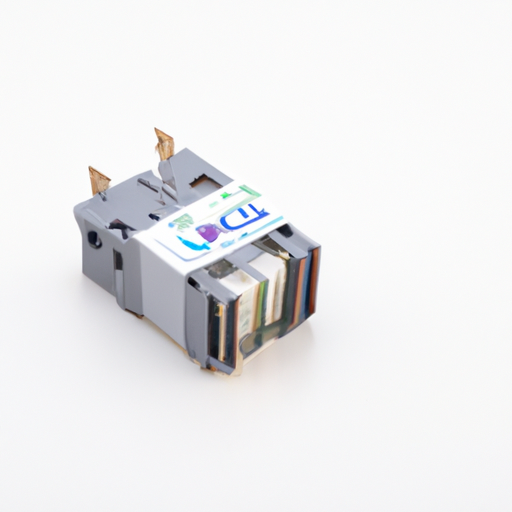
Overview of Trimmers and Variable CapacitorsTrimmers and Variable Capacitors are fundamental components in electronic circuits, primarily utilized for tuning and adjusting circuit parameters. They facilitate the fine-tuning of capacitance values, which is crucial in applications such as radio frequency (RF) circuits, oscillators, filters, and other tuning applications.
Core Functional Technology1. Capacitance Adjustment 2. Types of Variable Capacitors3. Construction and Design4. Temperature Stability 5. Low Loss Characteristics 1. RF Circuit Tuning2. Oscillator Circuits3. Filters4. Antenna Matching5. Audio Equipment6. Calibration and Testing Application Development Cases ConclusionTrimmers and variable capacitors are vital components in modern electronics, enabling precise control over capacitance values across various applications. Their ability to fine-tune circuit parameters makes them indispensable in RF design, audio equipment, and many other electronic systems. As technology advances, the demand for high-performance variable capacitors continues to grow, driving innovation in their design and application. The ongoing development of these components will likely lead to enhanced performance, greater stability, and broader application possibilities in the future.

Application Development in Mica and PTFE Capacitors for CFR-50JB-52-1M1: Key Technologies and Success StoriesMica and PTFE (Polytetrafluoroethylene) capacitors are essential components in high-frequency and high-stability applications. The CFR-50JB-52-1M1 model exemplifies the advanced capabilities of these materials. Below is a detailed overview of the key technologies involved in the application development of Mica and PTFE capacitors, along with notable success stories.
Key Technologies1. Material Properties2. Manufacturing Techniques3. Dielectric Constant Optimization 4. High-Frequency Performance5. Testing and Quality Assurance1. Telecommunications2. Aerospace and Defense3. Medical Devices4. Industrial Automation5. Consumer Electronics Success Stories ConclusionThe application development of Mica and PTFE capacitors, such as the CFR-50JB-52-1M1, harnesses advanced materials science, innovative manufacturing techniques, and rigorous testing to meet the demands of various industries. Success stories across telecommunications, aerospace, medical devices, and consumer electronics underscore the critical role these capacitors play in ensuring high performance and reliability in challenging environments. As technology continues to advance, the demand for these specialized capacitors is expected to grow, driving further innovation in their design and application.
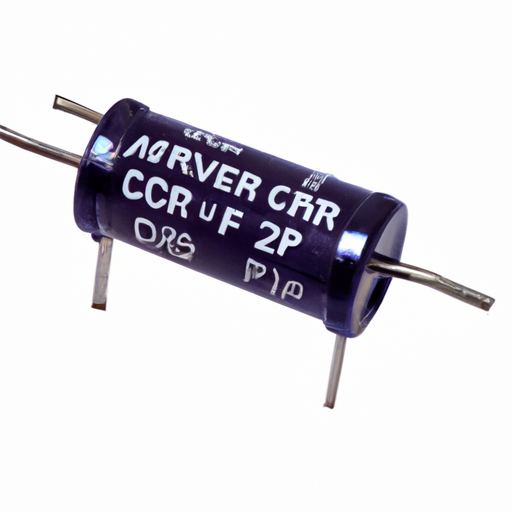
Core Functional Technologies of Film Capacitors1. Dielectric Material: Film capacitors utilize thin plastic films as the dielectric material, which can be made from various polymers such as polyester (PET), polypropylene (PP), and polycarbonate (PC). The choice of dielectric affects the capacitor's performance, including capacitance stability, temperature coefficient, and voltage rating.
2. Low ESR and ESL: Film capacitors typically exhibit low equivalent series resistance (ESR) and equivalent series inductance (ESL), making them suitable for high-frequency applications. This characteristic allows for efficient energy storage and discharge, minimizing power loss. 3. High Voltage Ratings: Film capacitors can handle high voltage applications, making them ideal for power electronics, motor drives, and renewable energy systems. Their ability to maintain performance under high voltage conditions is a significant advantage.
4. Temperature Stability: Many film capacitors offer excellent temperature stability, which is crucial for applications that experience varying thermal conditions. This stability ensures consistent performance over a wide temperature range.
5. Long Lifespan: Film capacitors are known for their durability and long operational life, often exceeding 100,000 hours. This longevity reduces the need for frequent replacements, making them cost-effective in the long run.
6. Self-Healing Properties: Film capacitors possess self-healing capabilities, meaning that if a dielectric breakdown occurs, the capacitor can recover without permanent damage. This feature enhances reliability and safety in applications.
Application Development Cases1. Power Electronics: In power supply circuits, film capacitors are used for filtering and energy storage. Their low ESR and ESL make them ideal for smoothing out voltage fluctuations in DC-DC converters and inverters, improving overall efficiency.
2. Audio Equipment: High-fidelity audio applications benefit from film capacitors due to their low distortion and high linearity. They are often used in signal coupling and decoupling applications, ensuring clear sound reproduction.
3. Renewable Energy Systems: In solar inverters and wind turbine controllers, film capacitors are employed for energy storage and filtering. Their ability to handle high voltages and temperatures makes them suitable for harsh environmental conditions.
4. Motor Drives: Film capacitors are used in motor drive applications to improve power factor and reduce harmonics. They help in smoothing the output voltage and current, enhancing the performance and efficiency of electric motors.
5. Telecommunications: In communication systems, film capacitors are utilized for RF filtering and decoupling. Their stability and low loss characteristics are essential for maintaining signal integrity in high-frequency applications.
6. Consumer Electronics: Film capacitors are commonly found in various consumer electronics, such as televisions and computers, where they are used for power supply filtering and signal processing, contributing to overall device performance and reliability.
ConclusionThe CFR-25JB-52-1K1 film capacitor exemplifies the advanced technology and versatility of film capacitors in modern electronic applications. Their unique properties, such as low ESR, high voltage ratings, and self-healing capabilities, make them indispensable in a wide range of industries, from power electronics to consumer devices. As technology continues to evolve, the demand for reliable and efficient capacitors like the CFR-25JB-52-1K1 will only increase, driving further innovation and application development.
Future TrendsAs the electronics industry continues to push for higher efficiency and miniaturization, film capacitors are expected to evolve further. Innovations in dielectric materials and manufacturing processes may lead to even lower ESR and ESL values, higher voltage ratings, and improved thermal stability. Additionally, the growing emphasis on sustainability may drive the development of eco-friendly dielectric materials, further enhancing the appeal of film capacitors in various applications.
In summary, the CFR-25JB-52-1K1 and similar film capacitors will play a crucial role in the future of electronics, supporting advancements in technology while meeting the demands for performance, reliability, and environmental responsibility.
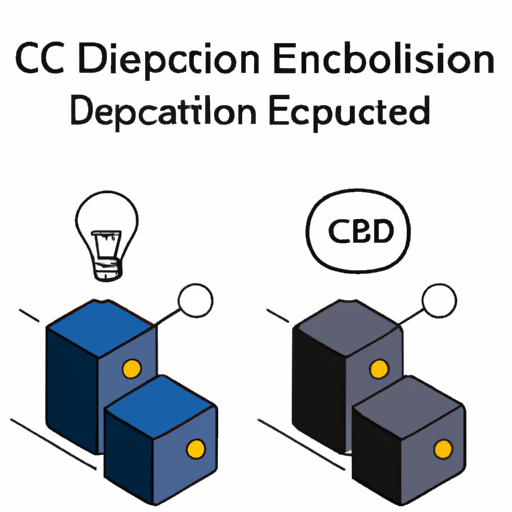
Application Development in Electric Double Layer Capacitors (EDLCs) and Supercapacitors: CFR-50JB-52-1K1Electric Double Layer Capacitors (EDLCs), commonly referred to as supercapacitors, are pivotal in modern energy storage solutions due to their unique characteristics that combine the benefits of traditional capacitors and batteries. The CFR-50JB-52-1K1 model exemplifies the advancements in supercapacitor technology, making it suitable for a variety of applications. Below, we delve into the key technologies that underpin these devices and highlight notable success stories that illustrate their impact across different sectors.
Key Technologies1. Electrode Materials2. Electrolytes3. Hybrid Systems4. Energy Management Systems5. Manufacturing Techniques1. Electric Vehicles (EVs)2. Renewable Energy Storage3. Consumer Electronics4. Industrial Applications5. Grid Energy Storage6. Smart Grids Success Stories ConclusionThe ongoing development and application of Electric Double Layer Capacitors (EDLCs) and supercapacitors, such as the CFR-50JB-52-1K1, are reshaping the landscape of energy storage across various industries. With continuous advancements in materials, manufacturing processes, and integration with other technologies, supercapacitors are set to play a crucial role in future energy solutions, particularly in applications that demand rapid charge and discharge capabilities, high power density, and extended cycle life. As these technologies evolve, they will further enhance the efficiency and sustainability of energy systems worldwide.


lang_service_time
lang_select_kefu
allen_ke_cmhk@sina.com








